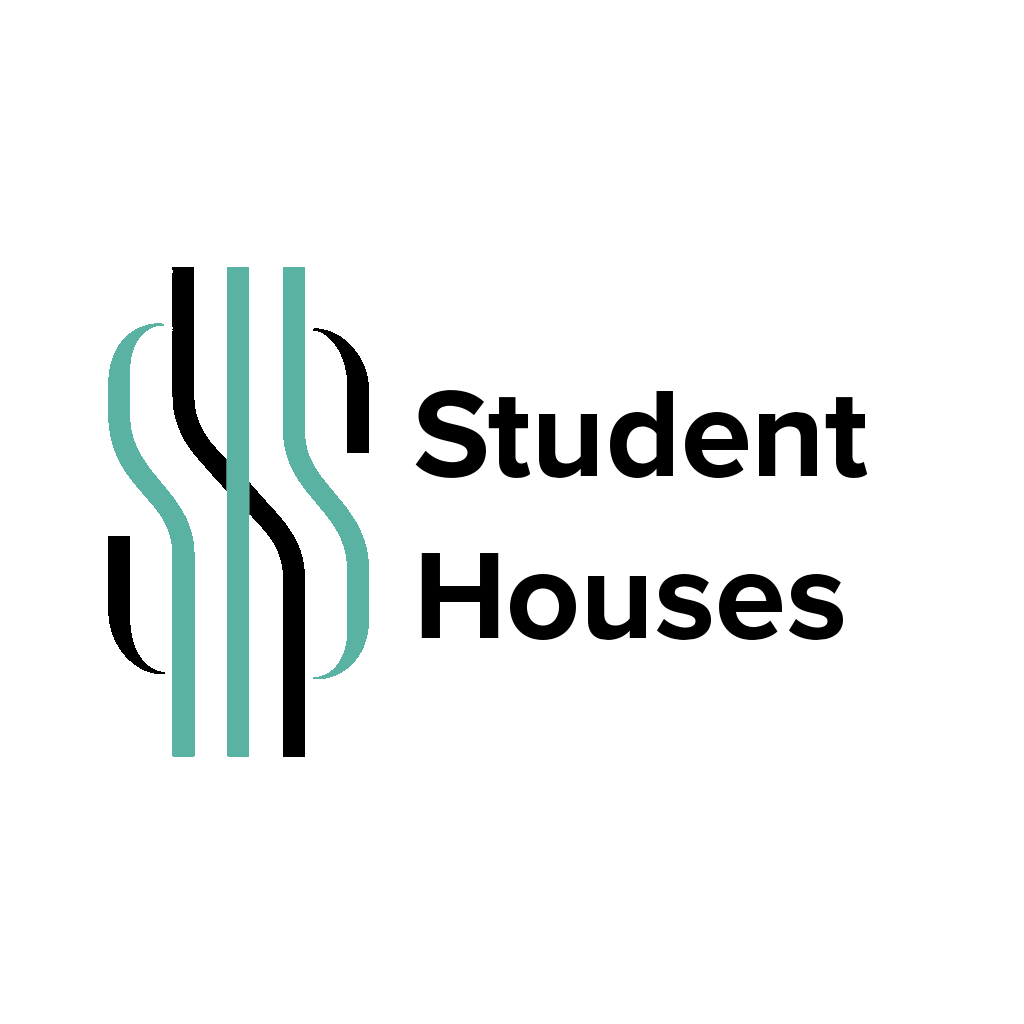Discover Segovia’s Vibrant Festivals: A Year-Long Celebration of Culture and Tradition
Segovia is a city rich in cultural heritage, and its festivals reflect the deep-rooted traditions and lively community spirit that define its identity. From the grand processions of Semana Santa to the unique neighborhood festivities, Segovia offers a vibrant calendar of events that invite locals and visitors alike to share in its history and joy. Let’s take a look at some of the main celebrations that take place throughout the year:
January
January 5th – The Parade of the Three Kings (Cabalgata de Reyes)
Every year on the night of January 5th, Segovia lights up to welcome the Three Kings—Melchior, Gaspar, and Balthazar—as they arrive loaded with gifts. Streets from the Alcázar to the Azoguejo are filled with families eager to see the lavish floats, which are accompanied by music and torchbearers. Organized by the City Council’s Department of Culture, this parade is one of the city’s most popular events, drawing large crowds.
January 17th – Feast of Saint Anthony the Abbot (San Antón)
On January 17th, the people of Segovia gather at the Church of Santa Eulalia for the blessing of animals, a tradition organized by the Brotherhood of Saint Anthony the Abbot. This brotherhood also includes members of the Butchers’ Guild, who celebrate their patron saint on this day. It’s a wonderful opportunity to witness the close connection between the community and its local traditions.
February
February 5th – Feast of Saint Águeda
Although celebrated across various neighborhoods, the most noteworthy celebration of Saint Águeda takes place in Zamarramala. This festival, which has been declared of National Tourist Interest, is organized by married and widowed women, continuing a tradition dating back to the 12th century. During this day, women take charge of the town, and two mayoresses lead the festivities. Key events include the proclamation, traditional dances, flag ceremonies, a procession, and the symbolic burning of the “pelele” (a doll).
Carnival
Carnival in Segovia is a bustling celebration filled with color, music, and parades. Organized by the Department of Culture and various groups, the main parade traditionally takes place on Carnival Tuesday. However, activities continue throughout the week until the “Burial of the Sardine” on Ash Wednesday, marking the end of the celebrations. Street performances and a theatrical representation of the battle between Don Carnal and Doña Cuaresma add cultural depth to the festivities.
March / April
Holy Week (Semana Santa)
Segovia’s Holy Week is declared of National Tourist Interest, with numerous processions and religious events led by local parishes and brotherhoods. Each day features different traditions:
• Holy Wednesday: A solemn “Via Crucis” (Stations of the Cross) takes place at the Carmelite gardens, with participants carrying candles through the 14 stations.
• Holy Thursday: Brotherhoods carry their floats to the Cathedral, where they will remain until the General Procession on Good Friday. One notable event is the procession of Christ Carrying the Cross by the Marist Brothers, which travels through the city’s narrow, winding streets.
• Good Friday: Brotherhoods that did not reach the Cathedral on Thursday arrive throughout the morning, and at 9 p.m., the General Procession begins from the Cathedral. This solemn procession features stunning sculptures, including the 12th-century Christ of the Gascones and the 17th-century Reclining Christ by Gregorio Fernández.
Later that night, the sober procession of the Holy Burial travels from Zamarramala to the Church of Vera Cruz, accompanied by the knights of the Order of Malta. One of the highlights is the “Eternal Song to the Father,” a beautiful and ancient composition performed during the procession.
Sacred Music Week
Coinciding with Holy Week, the Sacred Music Week is one of the most important musical events in Segovia. Featuring national and international soloists, chamber groups, choirs, and orchestras, it has become a cultural highlight with several world premieres of commissioned works. The festival is organized by the Don Juan de Borbón Foundation.
April 25th – Feast of Saint Mark
In the small neighborhood of San Marcos, located on the banks of the Eresma River, the Feast of Saint Mark is celebrated on April 25th. The neighborhood association organizes various activities, and many visitors join to buy hazelnuts, an essential element of this traditional pilgrimage—the first of the city’s festive calendar.
June
Corpus Christi
The Corpus Christi procession, an important event in the Catholic calendar, takes place in June. The procession begins at the Cathedral and winds through the central streets of Segovia, carrying the magnificent monstrance and accompanied by children from local parishes. The streets are decorated with lavender and rosemary, creating an aromatic and festive atmosphere.
June 23rd-30th – Saint John and Saint Peter Festivities
From June 23rd to 30th, Segovia comes alive for the celebrations of Saint John and Saint Peter. Neighborhoods elect their “festival queens,” and events include concerts, fireworks, bullfights, sports competitions, and street theater. On the night of June 23rd, the traditional bonfire marks the summer solstice, while the “Night of Theater” begins at midnight and continues until the early hours. Another fascinating tradition is the festival at the Hermitage of Juarrillos, where, according to local lore, one can see the sun rise “dancing” on this night.
August
August 10th – Feast of Saint Lawrence
The Feast of Saint Lawrence is one of the most popular neighborhood celebrations in Segovia. Held on August 10th, it features traditional dances in the beautiful plaza and lively festivities, including processions and popular encierros (bull runs).
August 16th – Vow to Saint Roch
On August 16th, Segovia commemorates Saint Roch, a tradition that was revived in recent years. The vow to Saint Roch dates back to 1599 when the city was ravaged by the plague. The City Council prayed to Saint Roch, and the plague began to subside. Since then, each year a member of the City Council recites a prayer in gratitude in front of an image of Saint Roch, kept in the Romanesque Church of San Millán.
September
The Catorcena Festival
The Catorcena is celebrated in Segovia every year on the first Sunday of September, a tradition dating back to the Medieval era. This festival was established in the 15th century in response to events during the Feast of Corpus Christi, and it honors the Eucharist. The name “Catorcena” refers to the 14 parishes that existed in Segovia at that time, each of which takes turns organizing the festivities every year.
The chosen parish hosts all of the planned activities, culminating in a grand Eucharistic procession on the first Sunday of September. The procession begins at the hosting parish and concludes at the Church of Corpus Christi (Convent of the Poor Clares), creating a beautiful display of faith and community.
October
October 25th – Feast of Saint Fructus, Patron Saint of Segovia
The Feast of Saint Fructus, the patron saint of Segovia, is celebrated on October 25th, with the night before being marked by a special tradition known as “El Milagro del Paso de la Hoja” (the miracle of the turning page). This takes place in front of the Puerta de San Frutos at the Cathedral, where hundreds of Segovians gather to witness the turning of the page in the “Book of Life” for another year. Following this event, the Association of Cooks offers traditional garlic soup (“sopas de ajo”) to attendees.
On the morning of October 25th, the festivities continue with the singing of the popular “Villancico a San Frutos,” a 19th-century carol originally written for choir and orchestra. Later, in the Plaza Mayor, a reading of the ballad dedicated to the saint takes place, followed by the “Amigo de San Frutos” honorary title award. Visitors can also enjoy exhibitions of mushrooms, fungi, and songbirds.
A more recent tradition involves sampling the sweet treat known as “Dulce de San Frutos,” specially crafted by local bakers for the occasion.
December
December 14th – Feast of Saint John of the Cross
Celebrated on December 14th, this feast coincides with the anniversary of the death of Saint John of the Cross, a native of Ávila. The Tourism Department of Segovia City Hall organizes a series of activities centered around the Monastery of the Discalced Carmelites and the life of its founder, inviting locals and visitors to connect with the rich spiritual heritage of Saint John of the Cross.
Christmas in Segovia
Christmas in Segovia is known for its understated charm, full of small yet endearing details. The cold winds from the now snow-covered mountains are made warmer by the lively streets, festive decorations adorning local shops, and the sound of Christmas carolers. Visitors and residents alike enjoy visiting the traditional Nativity scenes set up by various institutions, parishes, and associations throughout the city.
On Christmas morning, Segovia hosts the traditional “Carrera del Pavo” (Turkey Race), where participants race bicycles without chains, with the goal of traveling as far as possible—an impressive feat that draws a cheerful crowd each year.
On New Year’s Eve, the “San Silvestre Segoviana” race sees more than two thousand runners gathering in the afternoon to participate in this popular event, marking the end of the year with an active community celebration.
Advent and Christmas Musical Cycles
The Advent and Christmas season in Segovia offers numerous opportunities to enjoy music. Various cultural institutions host musical series, including popular carol competitions and recitals, enriching the festive atmosphere throughout the city.
Neighborhood Music Cycle
The Don Juan de Borbón Foundation, in collaboration with the City Council and the Cathedral Chapter, presents a series of concerts in different neighborhoods of Segovia. These concerts take place in venues such as the Church of San Lorenzo, the Church of San Sebastián, the Convent of Santa Isabel, and the Cathedral, bringing the joy of Christmas music to every corner of the city.
Experience the Spirit of Segovia Through Its Festivals
Segovia’s festivals are a reflection of its rich history, culture, and strong community bonds. From grand religious processions to lively neighborhood events, each celebration offers a unique glimpse into the traditions and spirit of this enchanting city. Whether you’re watching the majestic processions of Semana Santa, enjoying the vibrancy of Carnival, or taking part in local neighborhood festivities, Segovia’s festivals invite you to be part of its living heritage and community.


